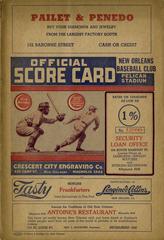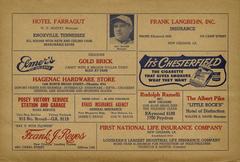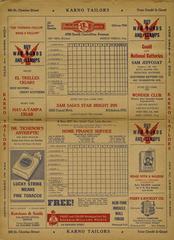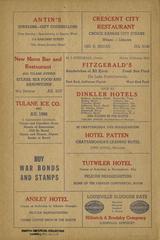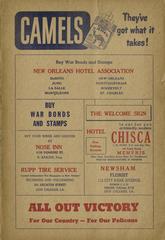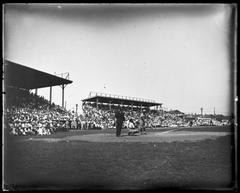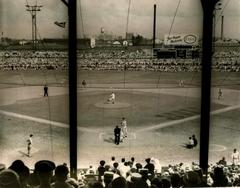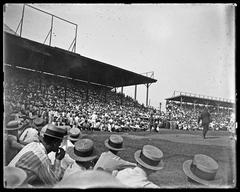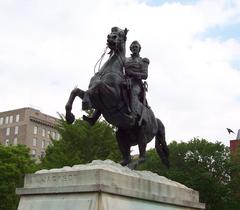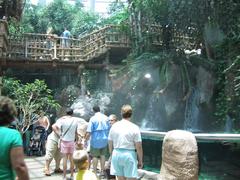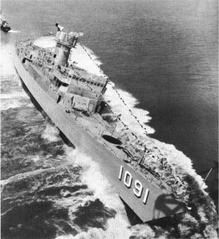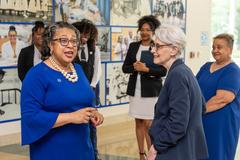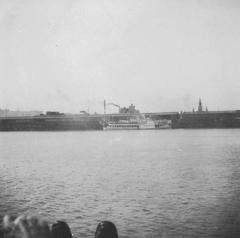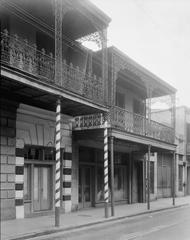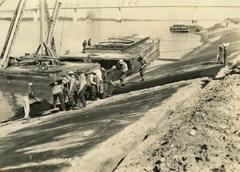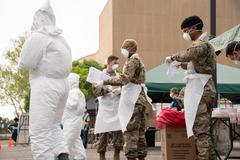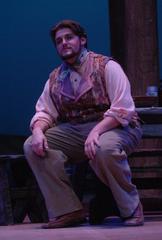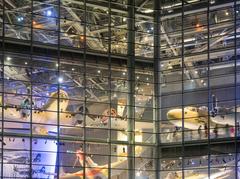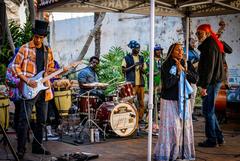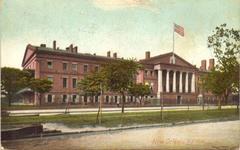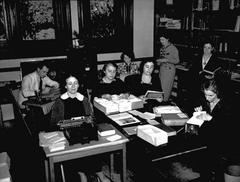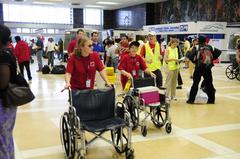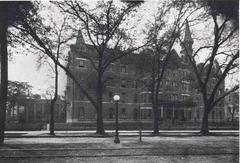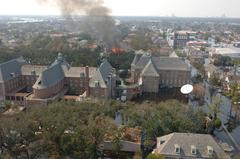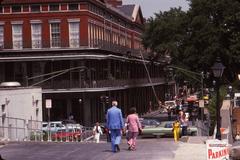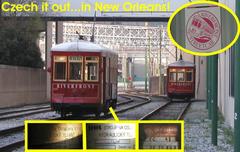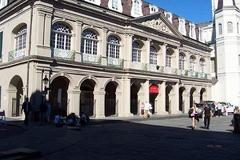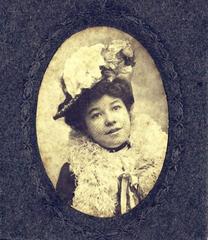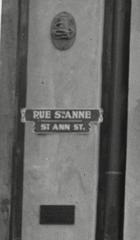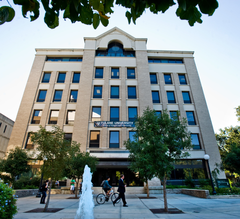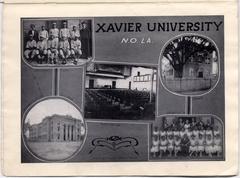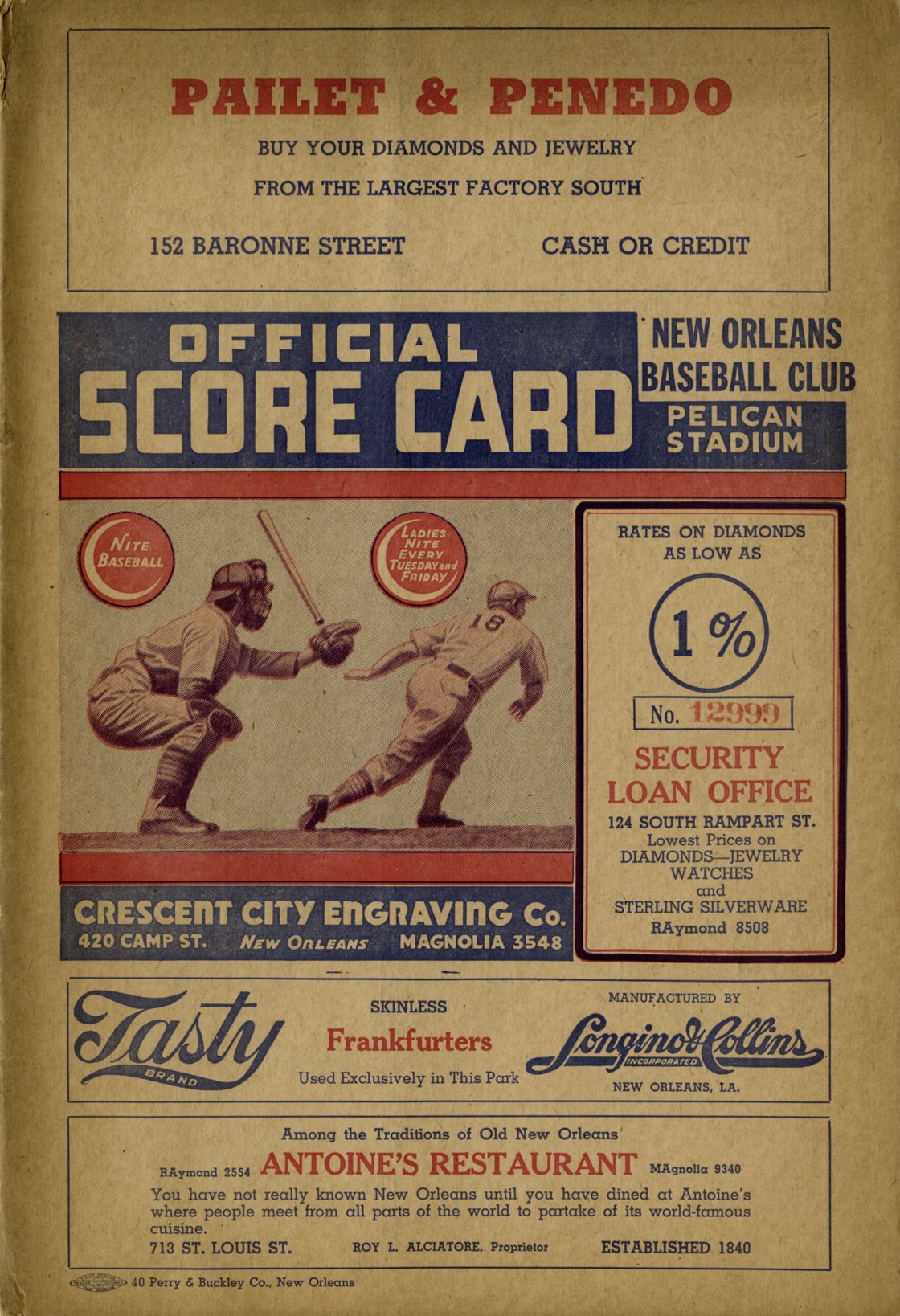
Pelican Stadium Visiting Hours, Tickets, and Guide to New Orleans Historical Sites
Date: 15/06/2025
Introduction: Pelican Stadium’s Lasting Legacy in New Orleans
Pelican Stadium, formerly a vibrant hub of baseball and community life, occupies a remarkable place in New Orleans’ sporting and cultural legacy. Though demolished in 1957, its influence endures, symbolizing the evolution of baseball in the South and reflecting pivotal social changes—from racial segregation to integration and youth development. Pelican Stadium hosted not only the New Orleans Pelicans but also legendary players such as Mel Ott and Jackie Robinson. Even after its physical disappearance, the site remains a locus of memory for locals and visitors, marked by a commemorative mural and surrounded by a neighborhood alive with history.
This guide explores the history, cultural significance, and practical visitor information for the Pelican Stadium site and other nearby New Orleans historical attractions. Whether you’re seeking details on visiting hours, tickets, or travel tips, this resource connects you to the enduring spirit of Pelican Stadium and the vibrant heritage of New Orleans (nolalocal.com; SABR; New Orleans Historical).
Table of Contents
- Introduction
- The Origins and Early Development of Pelican Stadium
- Stadium Construction and Evolution
- Pelican Stadium’s Role in New Orleans’ Sports and Culture
- Notable Events and Legendary Figures
- Decline, Demolition, and Enduring Legacy
- Visiting the Pelican Stadium Site: What to Expect
- Travel Tips and FAQ
- Smoothie King Center: Modern Sports & Event Venue
- Summary and Conclusion
- References
The Origins and Early Development of Pelican Stadium
Baseball’s history in New Orleans dates back to the 1850s, with documented games as early as 1859 (nolalocal.com). The professional era began in the late 19th century, notably under Charles Abner Powell, who brought innovations like the rain check and Ladies Day, enhancing the spectator experience. The New Orleans Pelicans, established in 1887, soon became the city’s flagship team, and by the turn of the 20th century, baseball was a central part of New Orleans culture.
Stadium Construction and Evolution
After playing at various early parks, the Pelicans moved into the original Pelican Park at Banks Street and Carrollton Avenue. In 1915, general manager Alexander Julius “Heine” Heinemann oversaw the relocation and expansion of the stadium to Tulane and Carrollton Avenues. First called Heinemann Park and later renamed Pelican Stadium in 1938, the venue seated over 9,000 fans and became the heart of New Orleans baseball (nolalocal.com).
Pelican Stadium’s Role in New Orleans’ Sports and Culture
Community and Identity
From 1915 to 1957, Pelican Stadium was more than a ballpark—it was a gathering place that reflected and shaped the city’s social fabric (Wikipedia; New Orleans Historical). Opening days were marked by parades and citywide celebrations, with crowds exceeding 10,000 at inaugural games (SABR). Night games and championship series drew immense audiences, underscoring the stadium’s social significance.
Racial Segregation and Integration
Pelican Stadium’s history reflects the city’s racial dynamics, hosting both the white minor league Pelicans and Negro League teams like the Black Pelicans and Creoles—though never simultaneously (SABR; Wikipedia). The stadium became a site of resilience and pride for Black communities, with local businesses and teams fostering cultural identity. Post-WWII, integration efforts included youth clinics that brought together Black and white players and children (NOLA City Archives).
Negro Leagues in New Orleans
The stadium regularly hosted Negro League games, including teams like the New Orleans Black Pelicans and Creoles. These events were important not only for Black athletes and fans but also for the city’s broader historical narrative (SABR).
Major League Spring Training and National Recognition
Pelican Stadium gained national prominence by hosting spring training for MLB teams such as the Cleveland Indians, New York Yankees, and Boston Red Sox (Wikipedia). Legendary players including Babe Ruth, Lou Gehrig, Joe DiMaggio, and Jackie Robinson all played at the site, creating unforgettable moments for local fans (Very Local).
Multi-Sport and Community Events
Beyond baseball, the stadium hosted high school football championships, boxing matches with local champions, and other community gatherings (Wikipedia), further embedding it in the city’s culture.
Economic and Urban Impact
Pelican Stadium contributed to the growth of the Mid-City neighborhood, supporting local businesses and infrastructure (Wikipedia). After its demolition, the area evolved, with businesses and student housing replacing the ballpark (Very Local).
Youth Development and Civic Pride
The stadium’s role in youth sports was significant, hosting clinics and events that introduced countless children to baseball and other organized sports (NOLA City Archives). These inclusive programs fostered community pride.
Cultural Memory and Legacy
Although the stadium no longer exists, its memory persists in murals, literature, and oral histories (SABR). The site symbolizes the intersection of sports, race, and urban development in New Orleans.
Notable Events and Legendary Figures
Pelican Stadium launched the careers of Hall of Famers like Mel Ott and hosted iconic moments, such as Cotton Knaupp’s unassisted triple play in 1916. Major stars—Shoeless Joe Jackson, Babe Ruth, Lou Gehrig, Joe DiMaggio, and Jackie Robinson—graced its field (Very Local). The 1927 championship series drew over 15,000 fans, highlighting the team’s immense popularity (New Orleans Historical).
Decline, Demolition, and Enduring Legacy
After the Pelicans’ decline in the late 1930s and 40s, the team disbanded in 1959. Pelican Stadium was demolished in 1957, marking the end of an era. Today, the site is occupied by commercial businesses (including a Chick-fil-A and retail stores), but the legacy of Pelican Stadium lives on in commemorative murals and the collective memory of New Orleans (nolalocal.com).
Visiting the Pelican Stadium Site: What to Expect
Location and Accessibility
The former stadium stood at Tulane Avenue and South Carrollton Avenue in the Mid-City neighborhood. The area is easily accessible via streetcar (Canal Streetcar line) and bus, or by rideshare (New Orleans RTA; Elite Sports Tours).
What You’ll Find
- No Physical Remains: There are no remnants of the stadium; the area is now a commercial zone.
- Commemorative Mural: A mural on the former Rock ‘N’ Bowl building (3016 S Carrollton Ave) honors the site.
- No Tickets or Visiting Hours: The site is public and can be visited at any time; there is no entrance fee.
- No Official Historical Marker: As of June 2025, there is no formal plaque, but visitors can explore the history through online resources (New Orleans Historical).
- Nearby Attractions: Mid-City offers local dining, historic architecture, and City Park. The French Quarter and other landmarks are easily accessible (Mint Notion).
Tips for Visitors
- Visit during daylight for the best experience.
- Use public transit for convenience.
- Bring historical photos or maps to visualize the former stadium.
- Consider local walking tours that highlight the city’s sports history.
- Combine your visit with nearby museums or the Smoothie King Center.
Frequently Asked Questions (FAQ)
Q: Are there any remains of Pelican Stadium to see?
A: No, the stadium was demolished in 1957 and no structures remain.
Q: Is there an entrance fee or set visiting hours?
A: No, the site is public and open at all times.
Q: Is there a commemorative marker at the site?
A: There is a mural, but as of mid-2025, no official historical plaque.
Q: How can I learn more while visiting?
A: Online resources and local tours offer historical context. Historical photos and maps are available online (New Orleans Historical).
Q: What are nearby attractions?
A: Mid-City’s local restaurants, City Park, the French Quarter, and other sports venues like the Smoothie King Center.
Smoothie King Center: Modern Sports & Event Venue
Overview
The Smoothie King Center (formerly New Orleans Arena) is the home of the NBA’s New Orleans Pelicans and hosts concerts and large events. Located at 1501 Dave Dixon Drive, adjacent to the Caesars Superdome, it is a focal point for contemporary sports and entertainment (Itinerant Fan).
Visiting Hours & Tickets
- Event Days: Doors open 60–90 minutes before events.
- Tickets: Purchase via Ticketmaster or authorized outlets; avoid resellers.
- Entry: Arrive early for security checks; only small or clear bags allowed.
Getting There
- Public Transit: Loyola-UPT streetcar line stops at Julia Street nearby; all-day passes available (New Orleans RTA).
- Driving: Champions Garage and surface lots are available (event rates apply).
- Walking: Many hotels are within a mile; the area is generally safe on event days.
Amenities
- Seating: Accessible options throughout; consult seating charts (RateYourSeats).
- Food: Local specialties and classic stadium fare.
- Champions Square: Pre- and post-game festivities with live music and food.
Nearby Historical Sites
- French Quarter
- St. Louis Cathedral
- The Cabildo
Safety and Accessibility
- Full ADA compliance; contact guest services if needed.
- June weather is hot and humid—dress appropriately.
Summary and Recommendations for Travelers
Although Pelican Stadium no longer stands, its influence on New Orleans’ culture and community remains profound. The stadium encapsulated the complexities of the city’s history, from its role in racial dynamics to youth sports development, and fostered civic pride. Today, the site and surrounding Mid-City neighborhood offer a gateway to understanding this legacy. Visitors can enrich their journey by exploring nearby historical sites, museums, and contemporary venues like the Smoothie King Center.
For those interested in New Orleans’ sports heritage, Pelican Stadium’s story exemplifies the enduring power of communal spaces. Use the Audiala app for curated tours and further insights, and immerse yourself in the living history of New Orleans (Wikipedia; New Orleans Historical; nolalocal.com).
References
- Pelican Stadium New Orleans: History, Visiting Information & Legacy, 2025, nolalocal.com
- Pelican Stadium: A Historical Icon and New Orleans Cultural Landmark, 2024, New Orleans Historical
- Pelican Stadium, Wikipedia, 2025
- Pelican Stadium New Orleans, SABR, 2025
- Smoothie King Center Visiting Hours, Tickets, and Visitor Guide, 2025, Itinerant Fan
- New Orleans RTA (Regional Transit Authority), 2025
- Elite Sports Tours: New Orleans Pelicans Travel Guide, 2025
- Very Local: New Orleans History and Heights, 2025
